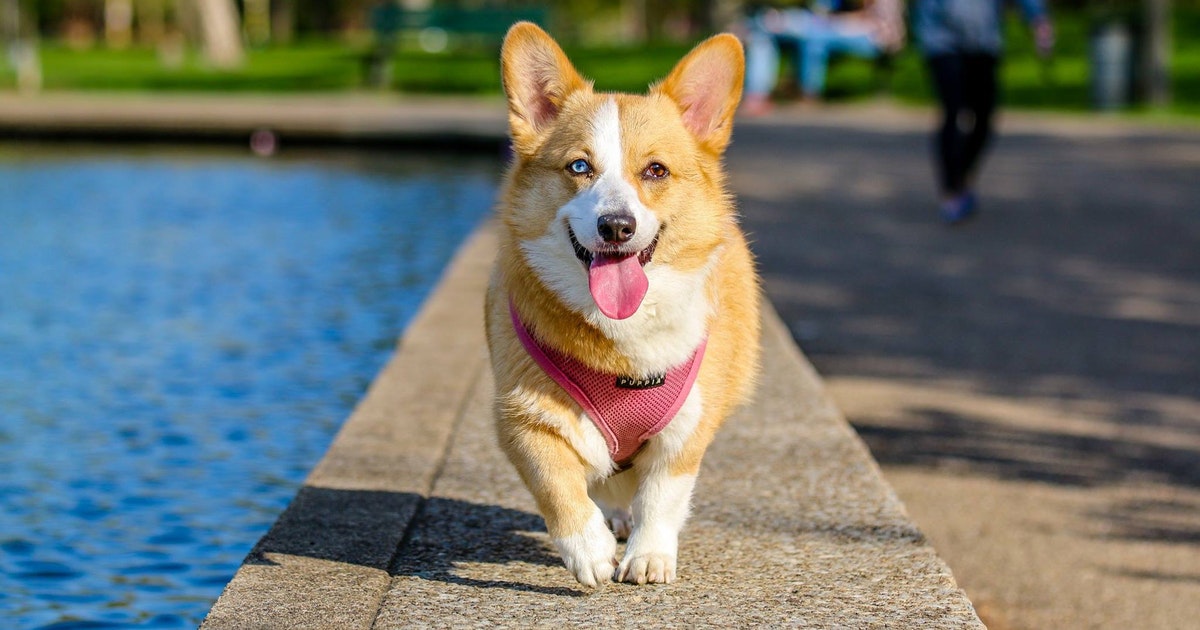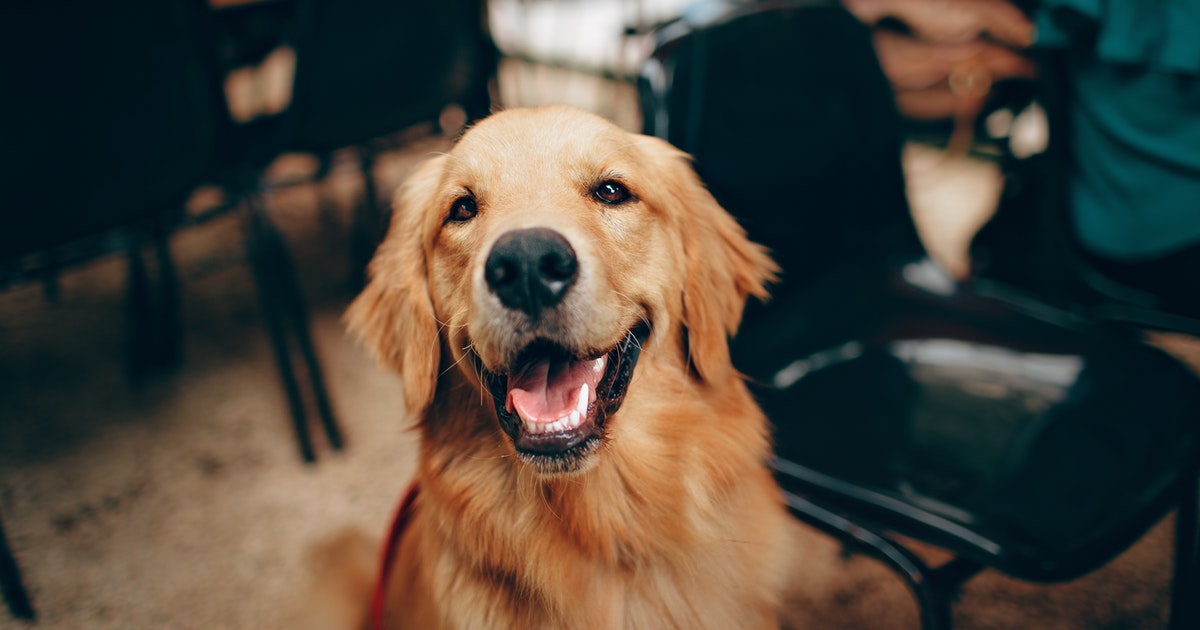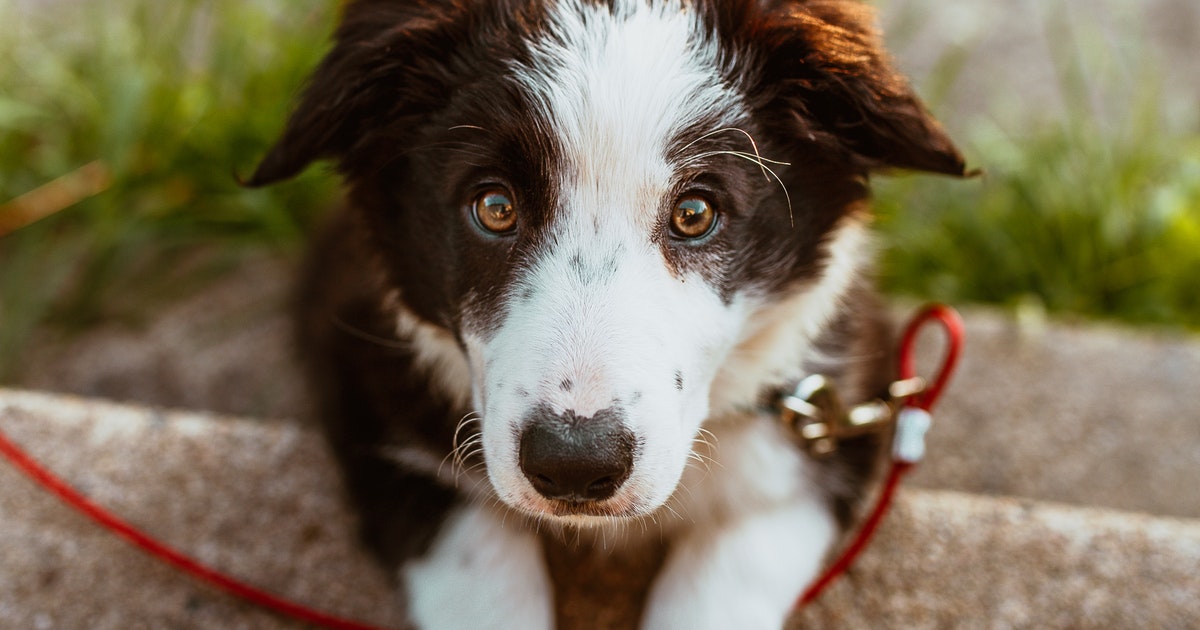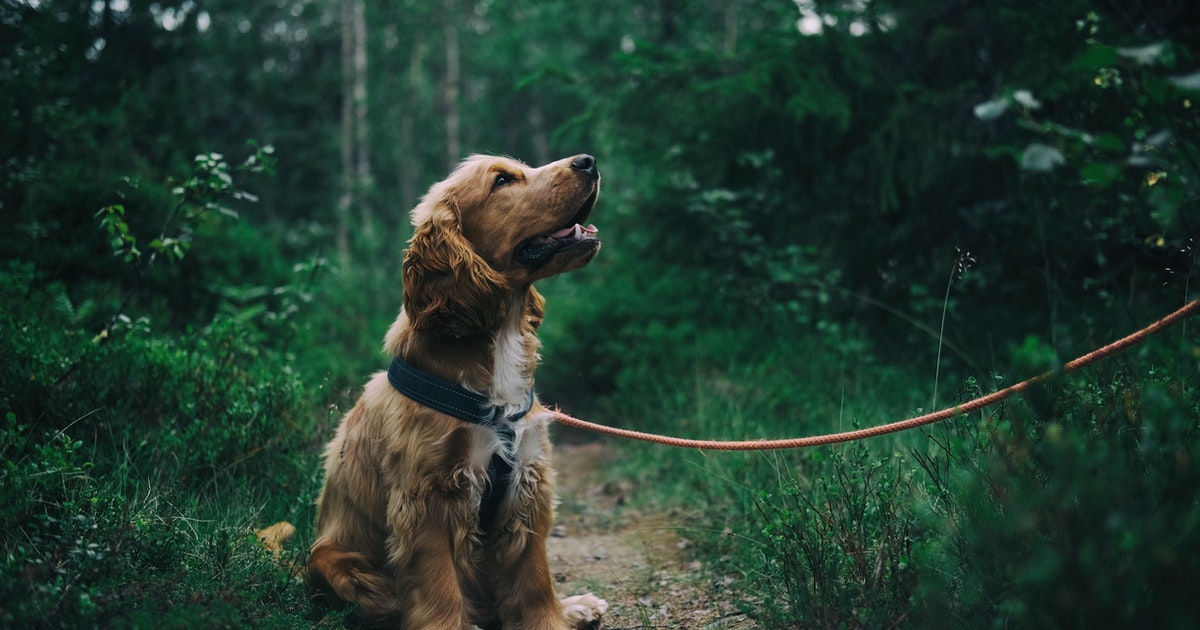That’s why the Aio Blog prepared this article! If you want to change the dog’s diet, or if you already offer some food and have this question, read the following content and understand more about canine food!
Can or can not?
Until a while ago, homemade dog food was part of the same family food: rice, meat and even some bones. Over time, science has proven that this is not the most correct thing to do, and this practice has fallen into disuse, but in its place there has been a tendency to make food exclusively for pets.
But then, can you give dog food ? Yes, you can, but very carefully! Not all foods are healthy for four-legged friends. Some that are common in the human diet can be extremely toxic to dogs. Next, we’ll talk about them.
Is homemade food better than pet food?
Many owners find it healthier to make homemade dog food instead of feeding them dry food. Choosing the right foods, homemade food is really healthy for dogs, but that doesn’t mean it’s better.
Feed , unlike homemade dog food , is developed especially for animals, with all the nutrients they need according to each stage of life. So, if you are going to make your own food for the puppy, pay attention to these details before choosing the food you will offer.
If you are thinking of putting more natural ingredients in your pet’s diet, check out some food tips that cannot be ingested in a homemade dog food diet. Remembering that the best option is always to consult a veterinarian specialized in nutrition or a zootechnician before changing the puppy’s diet, ok?
Onion
Extremely toxic for dogs, it leads to anemia because it modifies red blood cells, which are responsible for sending oxygen to the dog’s body. It causes reactions such as shortness of breath, red urine, anemia, vomiting and weakness.
Garlic
In excess, it causes the same reactions as onions, by also modifying the dog’s red blood cells. In small amounts and a few times a week, however, it acts as a natural repellent against fleas and ticks.
However, it is not yet established what is the toxic dose for each animal, so it is best to use proven and safe drugs for flea and tick control.
fruit with stone
Fruits such as peaches and plums are not recommended because they have a stone. If swallowed, it can clog the intestines and cause cyanide poisoning, so avoid it!
Grape and raisin
In addition to some types having a seed, the grape cannot be processed by the dog’s body. Science still doesn’t know why this is, but the fact is that it generates reactions such as vomiting, kidney failure, tremors, diarrhea and several other symptoms in the dog.
Avocado
It looks harmless, but for dogs avocados are harmful because they contain a toxin called persin. This substance damages the heart and causes gastrointestinal problems.
What to choose to put in dog food?
After many years of being a companion dog for humans, the canine taste has been expanding, so today, in addition to meat, dogs like vegetables, vegetables and some carbohydrates. In addition to those that you already know your friend likes, you can include some different foods in your dog’s diet, such as:
fibers
They regulate the intestine of the animal with constipation, but for that, they have to be ingested by the dog without cooking and without any added sugar.
fruits
They are refreshing and dogs love them, you just have to be careful to give them those that don’t have seeds, or take all the seeds out of those that do. In addition, the sweetest ones should be given in moderation, because you can’t make your dog fat.
Mineral and vitamin supplement
It is essential to add supplements suitable for a homemade diet, so that your dog’s food is balanced, unfortunately they have different nutritional needs from us humans. Therefore, if they consume the same food, they can be nutritionally deficient mainly due to calcium deficiency.
Can puppies eat food?
The puppy is suckled until it is three months old, after that stage, it can feed the puppy , but in small amounts. During the first five weeks after weaning, the puppy’s diet should be mostly food specific for the pet’s age.
However, if you choose to offer homemade dog food, it is recommended that the diet be monitored by a veterinary nutritionist on a weekly basis.
As during this period the dog is in the food transition from liquid to solid, wet rations are the best options. If, at the same time as you introduce the food to the puppy’s diet, you want to include food, put wet and light foods for him to try, such as:
- wait;
- litter;
- chayote;
- tangerine;
- zucchini;
- guava.
Now that you know how homemade dog food works, you can plan meals for your four-legged friend. Just do not forget to consult a veterinarian first to see if everything is ok with the pet’s health and to confirm if it is better to give food or food to the dog .



